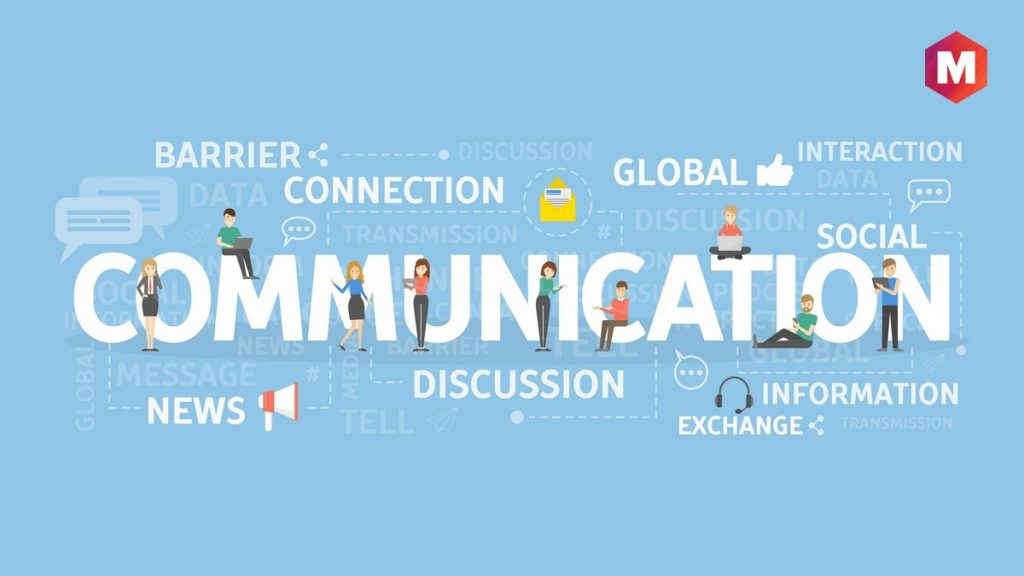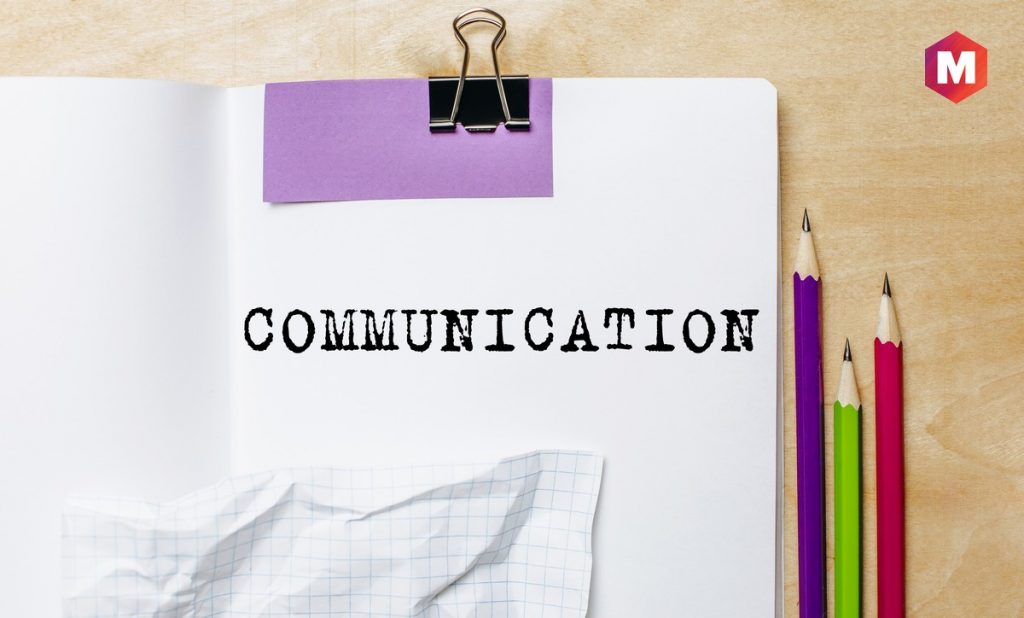
What Is Communication Strategy: Types, Importance and Successes

Effective communication is key to any successful business A communication strategy outlines objectives, types, and channels for clear messaging By knowing your business and communication objectives, analyzing the current situation, researching competitors, and identifying your target audience, you can create a plan for success
A well-crafted communication strategy is crucial for any company to achieve its communication objectives. This involves defining the goals of communication, determining the target audience, and formulating a plan to effectively share information. By having a solid communication strategy in place, an organization can ensure that its messages are delivered in a clear and consistent manner.
What is a Communication strategy?
A communication strategy serves as a roadmap for companies to establish their products or services as a recognizable brand, aligning communication objectives with overall business goals. By defining communication objectives, identifying target audiences, and crafting effective brand messages for customers and team members, businesses can streamline decision-making processes and save valuable time and resources. Overall, a well-crafted communication strategy can provide a significant advantage for companies looking to achieve success in the competitive market.
Importance of Communications Strategy
Having a communication strategy is essential for any company to effectively engage with their customers and achieve their desired objectives. Without a proper plan in place, companies risk failing to connect with their target audience and missing out on valuable opportunities. By investing time in developing a communication strategy, companies can ensure that their brand message is effectively conveyed to the public and their goals are met.
It is paramount to take into account branding and the internet when devising a workplace communication strategy that is both effective and modern. Branding will provide a clear understanding of the brand's mission and vision, while the internet will facilitate the implementation of a contemporary approach.
The Difference Between Internal and External Communication Strategy
Internal communications within an organization primarily revolve around the employees and their work, focusing on aspects like informing them about any changes in the company, new products or services, their roles in the organization, and employee engagement. On the other hand, external communications aim to provide information to clients and customers regarding new product or service offerings, promotional campaigns, sales events, or other relevant news.
Internal and external communication strategies are essential for organizations as they have distinct objectives. Internal communication ensures that employees are aware of their responsibilities within the organization, whereas external communication enables clients to understand the products or services offered by your organization.
Types of Marketing Communications Strategy
1. Visual Strategy
Organizations have the option to choose from three different types of communication strategies to effectively connect and communicate with their audiences and key stakeholders. These strategies go beyond the components of communication and include methods such as advertising, public relations, and personal selling.
A company's visual communication strategy involves the utilization of web pages and graphical representations to effectively convey messages to their audience. This approach is commonly employed in generating documentation or creating compelling presentations in the workplace.
2. Verbal Strategy
A company's communication strategy may involve both oral and written approaches. Written communication can take the form of email, fax, or chat, while oral communication can be conducted through phone calls or face-to-face meetings.
3. Non-verbal Strategy
Businesses employ non-verbal communication strategies such as facial expressions, body language, and voice tone to effectively convey their brand's message, product, or service. By utilizing these tactics, businesses can effectively manage and communicate their key messages, strengths, and weaknesses to achieve their desired business objectives.
How to ensure Success for Communications Strategy
There are different steps, you need to know to support you to make an effective communication strategy. Let us go through some of those steps right away-
1. Know Your Business Objectives
Making your communication strategy begins by assessing the current situation of your business. Some of the common business objectives are-
Profitability and Productivity
Good customer service
Employee retention
Protection of core values
Growth and change management
Marketing
2. Find out your Communication Objectives
The initial step in developing a communication strategy is to identify and establish clear goals. Communication goals refer to the desired outcomes that a company aims to achieve through its communication efforts. It is important to ensure that these goals are measurable and not restricted by time constraints. Moreover, communication goals do not necessarily have to specify the means by which they will be achieved. Examples of communication objectives for a business may include:
rating brand awareness
Building brand loyalty
Stimulating a want or desire
Imparting knowledge, etc
A measurable communication goal can help a company achieve its desired outcome. For example, setting a goal of generating demand for a product and aiming to sell 29,000 units in the first six months is a clear and quantifiable objective.
3. Analyze the Current Situation of your Business
To move forward, it's crucial to assess where your business stands in terms of its activities, products, focus, and functions. Conducting a thorough analysis using specialized tools can aid in developing a communication strategy for the future of your business. A SWOT analysis can help identify your business's strengths, weaknesses, opportunities, and threats, while a PEST analysis can provide insight into the political, economic, social, and technological factors that may impact your business.
This will help you find out the positives and negatives of your business, so you can enhance the positives and sort out negatives to optimize the favorable opportunities.
4. Research Your Competitors
Researching your competitors' communication strategies is essential in creating a successful one for your own business. By analyzing their tactics, you can avoid making the same mistakes and develop a unique selling point. Additionally, studying their customer experience, pricing, and branding strategies can help optimize how your employees communicate with your target audience.
5. Find your Target Audience
Defining the target audience is a crucial step in developing a successful communication strategy for any company. It's important to identify the specific group of people that the company wants to reach and tailor the messaging accordingly. Understanding the target audience's needs, interests, and preferences can help ensure that the communication is effective and engaging.
When devising a communication strategy, the target audience will differ depending on the purpose of the communication. For internal communication, the target audience will typically be the project stakeholders, while for marketing communication, it may be the customers, media, or a specific segment of the market. To illustrate, a company may identify its loyal customers as the target audience and define this group as those who hold a loyalty card, follow the company on social media, or have made previous purchases.
To find your target audience for making a successful messaging and communication strategy, key points you need to pay attention to are-
Making a list of individuals you want to sell your product to
Ranking your audience to see who in it is the most important target for your strategy
Doing audience segmentation
6. Determine consumer insights and make a communication plan
To ensure that your communication plan is tailored to your target audience, it is essential to conduct consumer insight research. By gaining an understanding of what motivates your audience to make a purchase, you can design a marketing strategy that speaks directly to their needs and desires. This will ultimately result in a more effective and successful campaign.
Gaining insights about your customers through surveys or focus groups can help inform your communication plan. This plan will outline how you will achieve your communication goals and provide a timeframe for when they should be accomplished. For example, a product manager may connect with potential and loyal customers within a month to run an ad campaign for product awareness.
7. Identify the Relevant Communication Channels
The next step in this strategy is the communication channels. Communication channels are the channels through which the strategy will be implemented.
communication, such as face-to-face meetings or phone calls, can be effective for building personal relationships with your audience.
Print media, such as newspapers, magazines, and brochures, can be useful for reaching a wider audience and providing more detailed information.
Digital media, including social media, email, and websites, can be effective for engaging with a younger, tech-savvy audience and reaching a larger audience quickly.
It's important to consider your target audience and their preferences when deciding which communication channels to use. By selecting the right channels, you can ensure that your message reaches the right people in the most effective way possible.
Community-based
Mass media
Once you have determined the appropriate channels, it is important to identify specific actions that will enable you to achieve your communication goals. From there, you can develop an implementation strategy that outlines who will be involved, what tasks need to be completed, when they should be completed, and how much resources will be required to execute the plan successfully.
For optimal results, it is advisable for organizations to create a budget for their communication strategy. Additionally, to ensure the continued success and growth of the strategy, a monitoring and evaluation plan should be developed and implemented.
How to Write Communication Strategies?
Developing effective communication strategies is crucial for the success of any organization. These strategies provide a clear roadmap for consistent and coherent messaging, which is vital for building brand awareness and trust among stakeholders.
To create an effective communication strategy template, it's important to clearly define your goals and objectives. Are you looking to build stronger relationships with your customers, enhance your brand reputation, or simply inform the public about your company's offerings? Once you have a clear understanding of your desired outcomes, you'll need to consider your target audience. Will your message be tailored to internal stakeholders or external customers? This will impact the level of detail and tone of your communication plan.
Conclusion
Tailoring the content of a social media policy to the intended audience is crucial. For instance, if the policy is only intended for employees, there would be no need to include a section on advertising campaigns. Instead, the focus would be on providing guidelines for sharing appropriate content on platforms such as LinkedIn and Twitter.
Effective communication is crucial to any content strategy, and this includes managing all media channels that you own or produce. Once you have identified your target audience, their concerns, and the appropriate channels, it's time to develop content ideas that will make your communication strategy stand out as unique, impactful, and engaging.
What are your thoughts on the effectiveness of communication strategies in terms of converting target audiences and boosting brand growth? Feel free to share your perspective with us by leaving a comment below.
NEXT
Communication Plan
PREV
Communicate Effectively
START
What is Communication
















